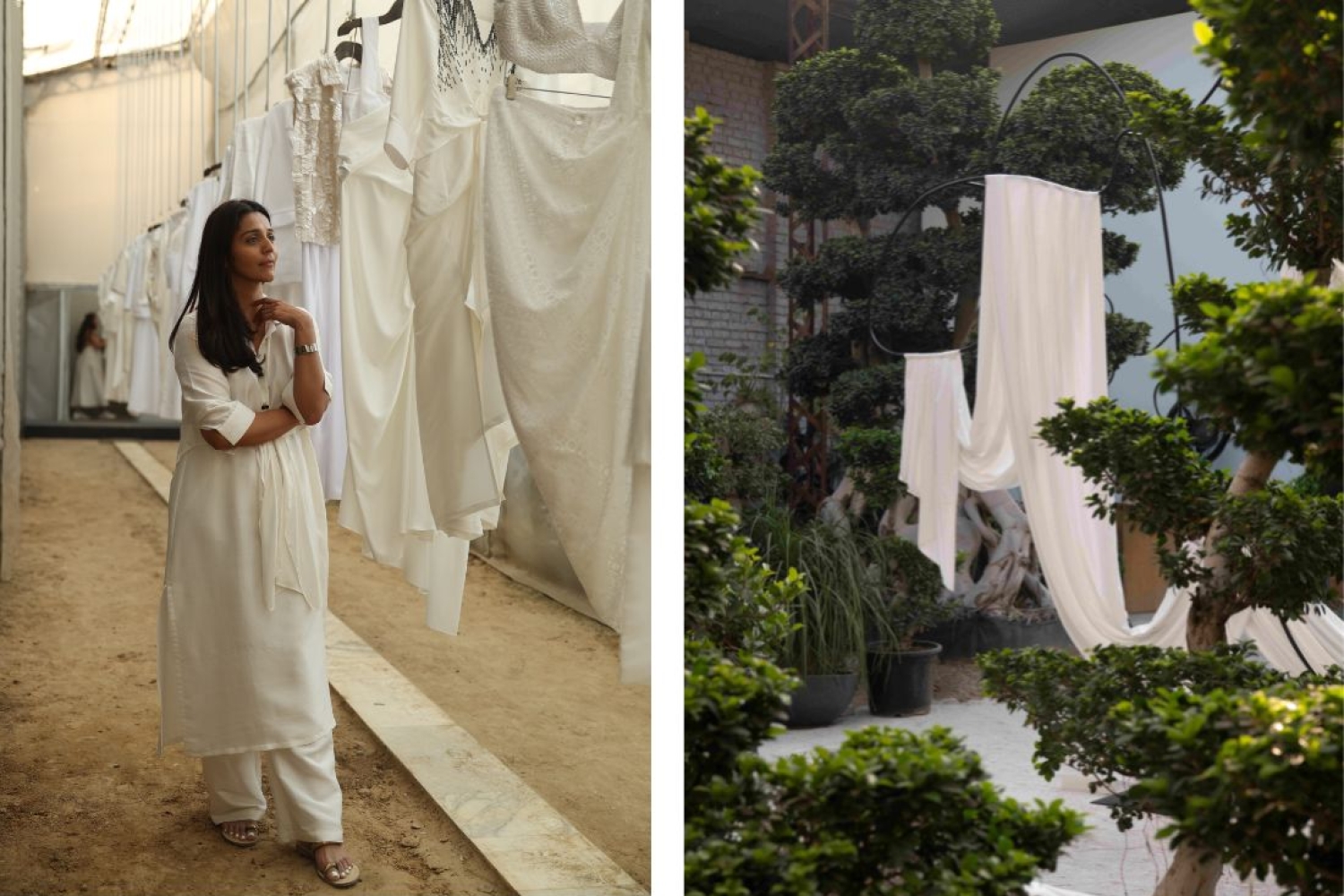

More often than not artists don’t restrict themselves to the rules of their art form. And reasonably so since art is not meant to be contained. One needs to be free to dream, imagine, create, experience and immerse fully. It is believed that one needs to break out of established patterns to look at things differently.
Shweta Kapur of 431-88 also moved out of standards set by fashion industy. She took a pause (literally) and reflected. The constant need to churn out collections to meet industry standards seemed relentless to Shweta. She had started developing an appetite for real things. For this season, the creative brains at 431-88 deliberately chose to forgo releasing a new collection. 'Pause (and reflect) stood as a testament to embracing the charm of imperfection and the genuine evolution that comes with it. Instead of yielding to the relentless demands of productivity and strict conformity, the brand encouraged a pause—a moment to contemplate our creative journey, our path, and the emotional depth within our work.’
To bring it to life, Shweta met with the people at How are you Feeling Studio to create a space for a journey of introspection. The Hallway presented meticulously arranged garments, each speaking volumes in simplicity, inviting a meditative gaze on the structure of the designs. Moving into The Bonsai Nursery, inhabiting fabric sculptures and miniature Bonsai trees, facilitating an experiential contemplation of materiality and nature's harmony. The final section was an experiential space that facilitated introspection titled What Kind of Water Are You? There one could find what interconnects us through the lens of a water body. She tells us more about it.
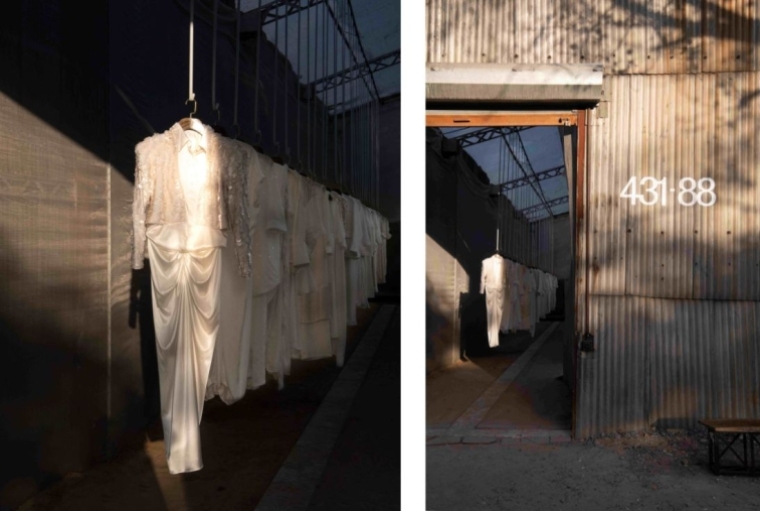
Since its inception, your brand has been known for contemporary wear, made with the quintessential modern Indian woman in mind. Sexy clothing without being obvious, staples for the intelligent wearer. Have you stayed true to that or has the brand evolved in the last decade?
The brand has always been unapologetically sexy and will continue to be so. Since day one, the USP has been to make clothes for different occasions, giving you a bang for your buck. When the brand started, it was just me and a team of three tailors and it was my baby where every decision was taken by me. But over the years as it has grown, 431-88 is now a brand with its own personality and identity. The team is much bigger and different heads make decisions for the brand on their own in a way that they still respect the ethos and identity of the brand. In that way, how we design, make, market and sell our clothes has evolved but the core identity and characteristics that make 431-88 have remained the same.
Has the brand chartered its course for the next 10 years?
The next ten years look like the decade of collaborations. I always feel it's so important to collaborate with different industries and creatives to explore how we can all push our limits. I really enjoyed the collaborative effort with How Are You Feeling Studio this season. The project was so different from what we’ve ever done before and it really helped us to see what more are we capable of. In the immediate future, we are focusing on menswear a lot more seriously and looking at providing a complete wardrobe solution for men.
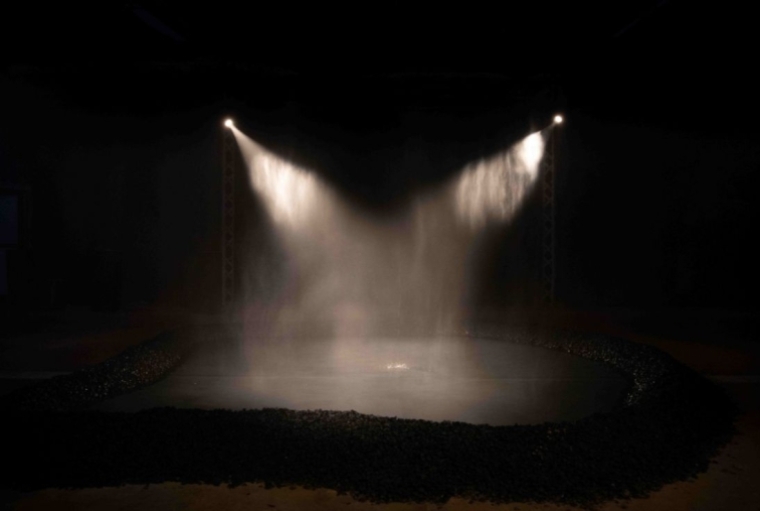
What made you Pause and Reflect? What was the starting point to change the trends and completely shift the axis? What pushed you take the leap?
The unconscious way of jumping from collection to collection was exhausting me. Though the actual event work was honestly just a month, there was a lot of internal work that I was doing for the last three years. The need for change had been building up inside me and my colleagues for a while. We didn’t believe that new collections were required every three months and constant social attention was necessary. We wanted to take time to make good quality designs that had something to say. Launching something for the sake of a launch was not something that we agreed to. We also saw that a lot was being asked of us which was ‘zabardast’. We wanted to step away from the greed of selling things for the sake of it and the fear of not being relevant.
Because of the constant pressure to perform, we were not able to do authentic solid work, which was true to us. It made me put the brake on everything ‘zabardasti’, pause and see where we are and what we are doing. I wanted to reflect on our journey, story, strengths and weaknesses and then take the brand forward.
What were the initial conversations you had with folks of How are you Feeling Studio about the design?
It was like meeting someone on a blind date and then hitting it off. Our first two meetings were extremely intimate, where over coffee we spoke about our lives, our values and how we spend time with our families. We connected on a very personal level and realized that we are very similar and tend to work a lot through emotions. The work and the design all came from these meetings. It was almost a natural progression. When I took them to the nursery for the first time, they had the same reaction that I had. We all wanted to work with the space allocated and bring it to life without adding unnecessary elements. The beautiful part about Niel and Doyel is that they push you to become the best version of yourself without having any hidden agenda. The entire experience could have been purely transactional but we all wanted the best for each other. We also wanted to talk about the power of conscious living and how as designers along with artists can push people to a space of self-reflection.
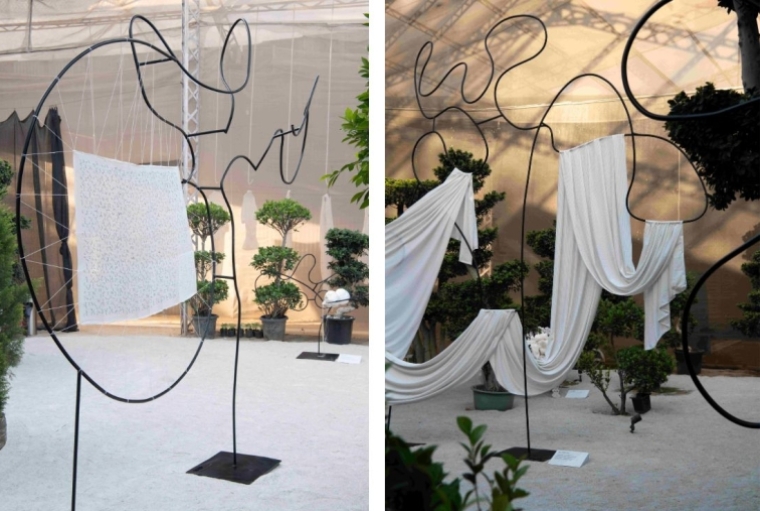
How will it work? The customers who come to you season after season for a fresh perspective, how do you think they would react?
Each collection on an average has around sixty pieces. Those sixty pieces are then made into different colour waves. So even if we take a bare minimum of two colors per style, its 120 pieces. These are then further adapted to minor tweaks: sleeve length, dress length, neck variations, fabric variations etc. A very modest number would now make the said collection around 180 pieces. I still haven’t met a customer who has bought 180 pieces in one season. We’ve done around twenty odd collections. Each piece is also designed in a way that you can wear it with multiple things to give it a different look each time. So do the math. There's more than enough for the customer who comes back every few months. And honestly that’s the reason why they come back.
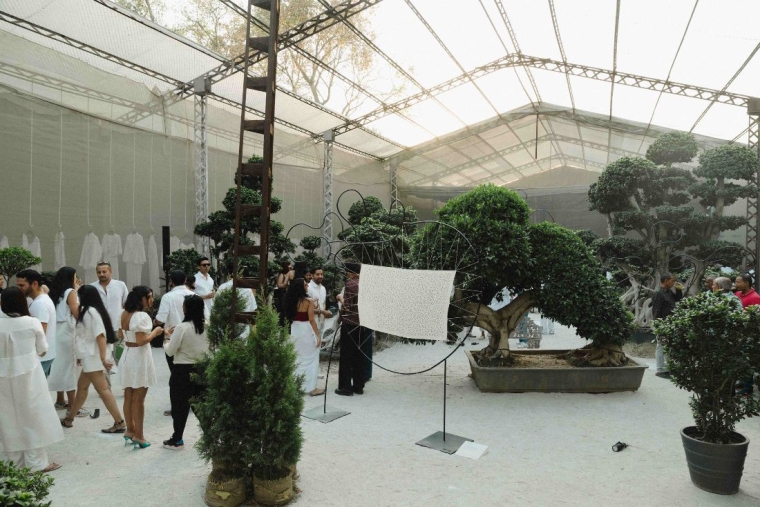
What was the feeling you wanted the audience to take away from it?
I wanted the viewers to appreciate their own journey and be ok with where they are and what they’ve achieved instead of always being focused on the next best thing. I wanted them to start questioning themselves and understand that if their goals are what they really want or are they just the norm of what one must do. I wanted them to sit with themselves and ask the question: 'Who Am I?'
Lines between art, design and fashion have always blurred, can you comment on that?
In this age of AI, even technology is now blurred and integrated with art, design and fashion. These are all just different mediums and languages to convey what one is feeling.
What is it that inspires you in the present moment as opposed to when you started out?
When I started out, I was looking for a lot of validation. Everything was done for the sake of looking good and making sure people talk about me or the brand. In the present moment, the only thing that inspires me are emotions and how we as humans deal with them.
When are we going to see you next?
We are currently working on two collaborations that are due to be out this year.
Words Hansika Lohani
Date 26.04.2024